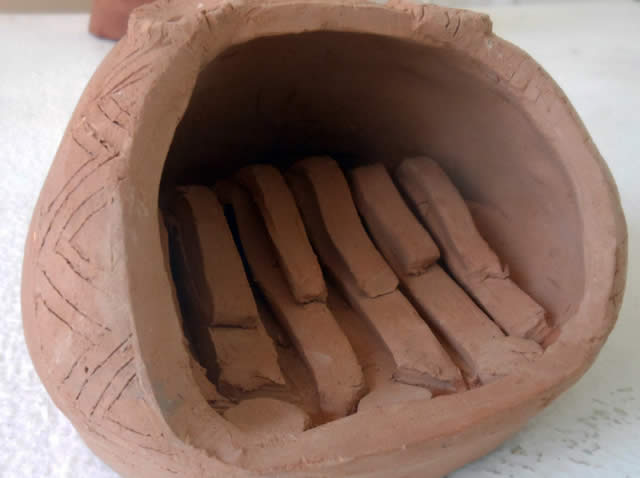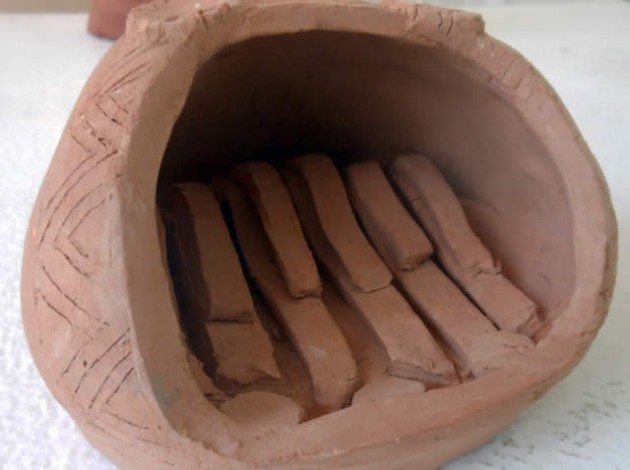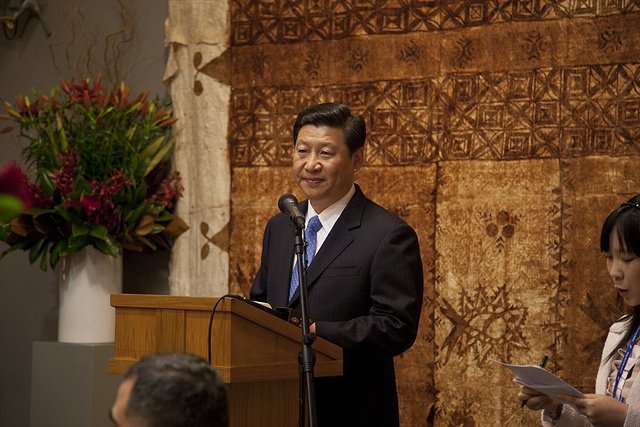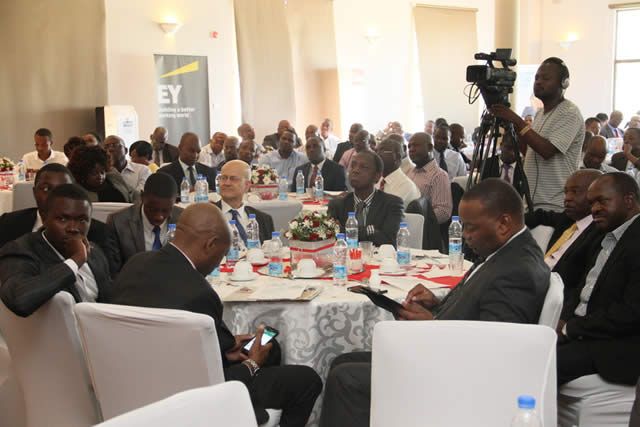Student shows maturity in solo expo

Stephen Garan’anga Own Correspondent
It gives one a sigh of relief to learn about a photography exhibition somewhere in town or in the country as modern day Zimbabwean is used to extensive mixed media work of scrounged or cheap found objects in the name of innovation and moving on the same wavelength as the country’s harsh economic tide. Similarly in the past the art exhibitions used to be about stone sculpture, and stone sculpture with paintings; but this was because of the market’s dictates and everybody wanted to chip away at stone.
Those who could not handle the physical nature of medium had painting as an alternative and a sound market was available and so many embraced it. As for photography the same cannot be said although it has been around for ages and has the same expressional power as the other favoured media.
Generally, the African continent art photography was never wholly embraced by the natives as it was too foreign; the darkroom procedures were quite complex and the equipment involved was too delicate and out of reach for many.
Today with technological advancement and availability of cameras to almost everybody as well as various software for image manipulation, the medium still remains a road less travelled by the multitude of the continent’s artists. So one wonders and with peculiar interest would like to see what it is in the photography show.
Is it fine art photography, documentary photography or it’s just snapping around? For Rutendo Bako, a final year student artist of Chinhoyi University of Technology who was on attachment at the National Gallery of Zimbabwe in Harare, was an intimate analysis of what has become of many in the nation whether consequential or by choice.
Her solo project show themed “Ndabvezera” chiefly of photographs and a few tiny ceramics seem to document events and expressions at various white garmented and bald head apostolic faith followers’ congregations. Three or four images also capture solemn moments of bereavement again with Christian belief processions.
In her artist’s statement she indicates that she has come of age especially with the afforded exhibition at the National Gallery where she was also writing visual art articles for weekly publications at The Herald for the institution.
Rutendo said the “exhibition” marks the end of her studies for the fine art degree, but not the termination of her artistic ambitions. Rather, it signals the intended new era of her artistic creativity. This sounds encouraging as majority of the country’s art college graduates have failed to become art practitioners but wanderers seeking employment as tutors or anywhere where there is the wording “Arts” in it.
As for the series of her photography work, Bako said it was inspired by her grandparent’s faith and teachings from their African Apostolic Church in which their lives revolve around.
The devotion of this sect’s members is phenomenal and it starts with the identity they have established for themselves which include their dressing, conduct, hierarchy and lifestyle.
This impacted heavily on the artist’s decision to make them the major focus of her show. The imagery all on vinyl is quite impressive and has works with such titles as “Garment of Honour”, “Tiriparwendo” series of two, “Hurukuro neShoko”, “Nguo chena”, “Mharidzo”, “As I look on”, “Remembrance”, “Muzororo”, “Kuwadzana”, “Pagungano” series of two, “Mutandwa Simba” and “Ambuya”.
The few small ceramic vessels of the show merely illustrate other artistic skill she attained from her studies. Some of the quick questions that come to the fore now include how far does this upcoming artist want to pursue her art photography considering its unimpressive past and present in the country and the continent in general?
Does she have something extraordinary up her sleeve which will separate her from everybody who has become an instant photographer because of the cameras on their mobile devices?
Internationally too, the medium has not been that impressive or welcoming as the platforms and markets are almost impenetrable especially for the unknown. Some of the world’s major art funding institutions have been excluding photography for their grants and when artists send their portfolios for applications they are not required to send in photography images of their photography work.
This makes one to wonder about the advice you could offer to an upcoming artist willing to explore art photography as a major.










Comments